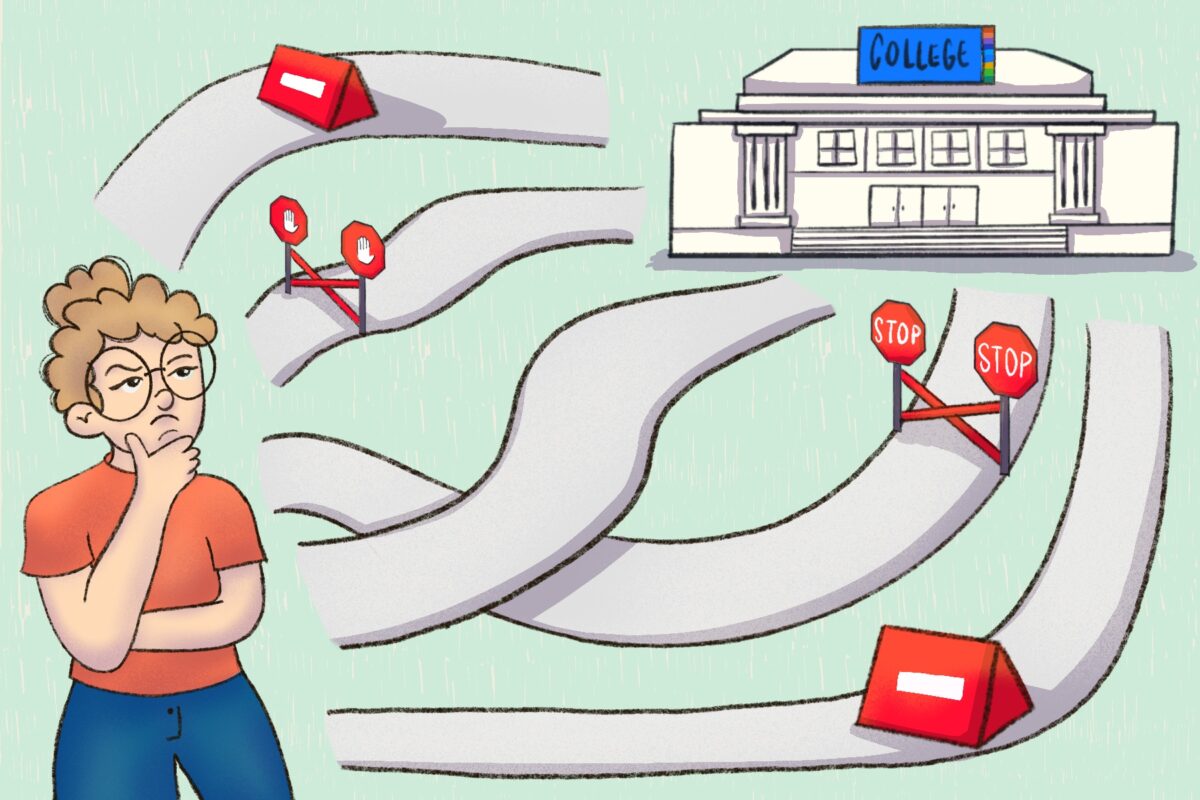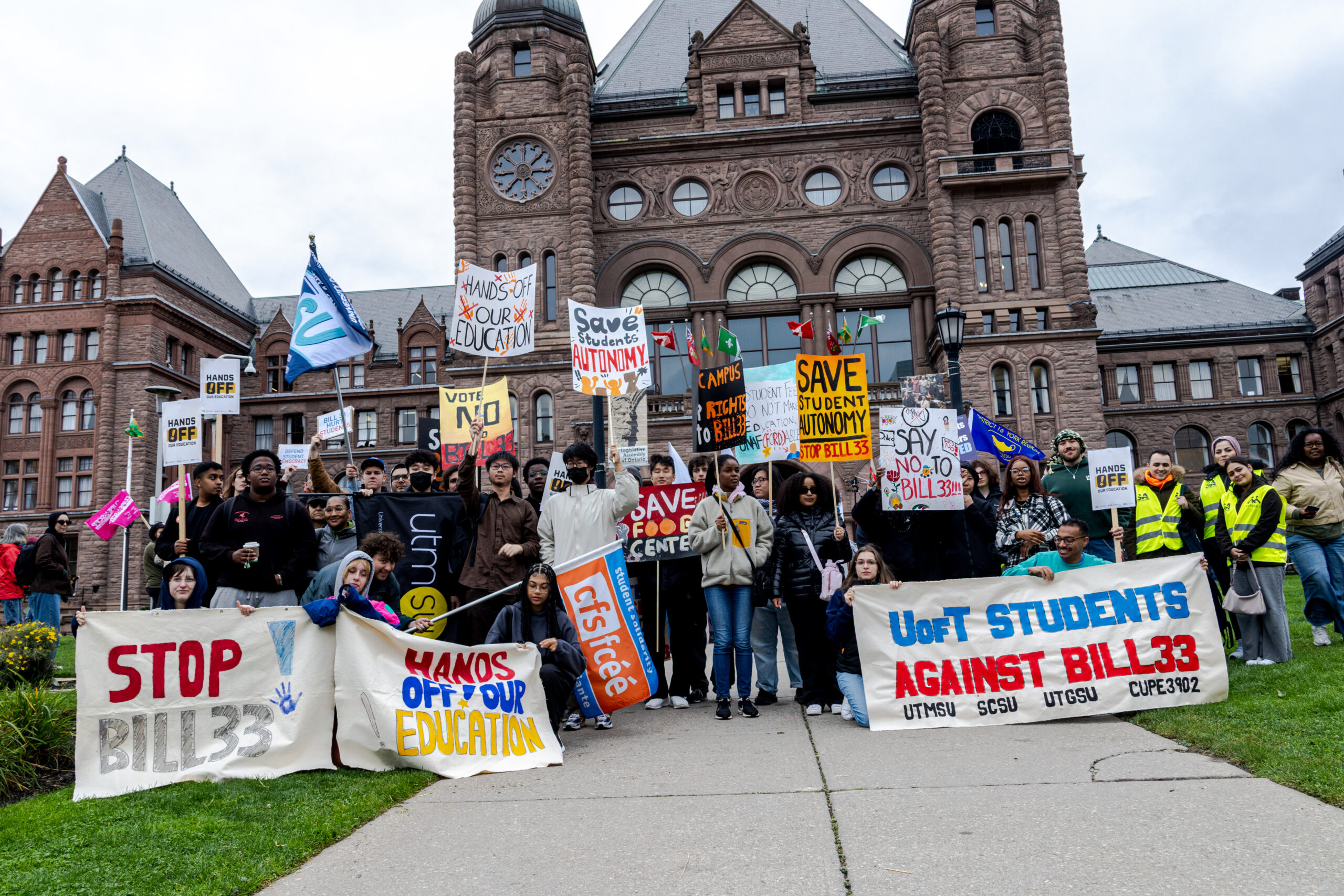Decision to pause program intake raises concern among students and OPSEU.
Post-secondary education institutions have been faced with financial challenges since the introduction of the federal international student cap.
Like many others, George Brown College (GBC) is also implementing a non-essential expense freeze, academic program portfolio optimization, and delaying non-essential capital projects.
Eileen De Courcy, vice-president of academic’s shares, “the financial pressures that George Brown is facing is that we have to look at programs, even though there might be some domestic enrollment demand, it’s not enough to be able to run a particular intake without a significant deficit.”
More than 30 programs have been indicated as being suspended for the Fall semester 2025, Winter semester 2026, or for both. The college defines a suspended program as the intake being unavailable for new applicants but may become available in the future.
De Courcy notes “these programs are paused and not suspended.” She also says, “We are using the language of pausing intakes to help provide clarity to the community… The paused programs are meant to be reactivated, not permanently closed or suspended.”
“Based on those definitions of strategic enrollment management versus the ministry operating procedure, these programs are paused and not suspended. What you see on the website is enrollment management, nomenclature or language and that is consistently used as a registrar administrator.”
However, Jeff Brown, vice president of local 556 union believes that the college is “misrepresenting what is happening” with the college programs.
“The college is playing games with semantics to avoid transparency and accountability. It’s an insult to students, faculty and staff, and the entire George Brown community,” said Brown.
One such example he noted was the permanent closure of the English for Academic Purposes (EAP) program, following which the majority of full-time faculty were issued layoff notices.
“What they are doing meets the definition of suspension, which is no longer admitting students into the program, but they are calling it something else so they can sidestep proper procedure and transparency.”
Local 556 also sent out a letter to its members expressing solidarity in these trying times. A highlight of this note is that none of the program suspensions have been submitted to the college’s board of governors for approval. The letter also mentions that the board of governors have been informed regarding this lack of transparency, urging them to take necessary actions.
However, Brown finds comfort knowing that students are aware of this and are speaking up against it. A rally was coordinated by the students from the jewelry and gemology program, in protest to the decision of the college.
Students who organized the protest submitted a letter to the college sharing that the decision would close doors for students and shut out countless professionals that will come after.
Similarly, one of the programs that will not be taking in students in the fall semester is the Assaulted Women’s and Children’s Counsellor Advocate (AWCCA) program.
The two-year diploma has trained counsellors for decades with many students going on to specialize in issues related to social issues like gender-based violence.
Shila Khayambashi, a student in the program, has found a lot of value in the program and highlights its importance in advocating for social justice.
However, she is not confident that the decision of the college to pause new enrollments to review the program would reflect the current state of the world, with detrimental changes happening just south of the border.
“Practically we won’t be creating any more counselors for gender-based violence, if we don’t do that society just keeps going down,” says Khayambashi.
She also highlights the problems for students with accommodation needs who had dropped their course load to be picked up in following semesters. “The decision is kind of being pushed upon the students with accessibility needs.”
Tina Nyamatore is another student in the AWCCA program that shares the disquietude with the program not taking in students in the fall semester and the students being left out of the decision-making process that inadvertently affects them.
“It does not mean that just because there is no funding, domestic violence has stopped, children are not facing precarious situations,” she says.
Nyamatore also shares her displeasure with the college for prioritization of management salary and expansion of campuses instead of maintaining the continuity of the programs.
Between the buyouts for the staff and the enrollment pauses for some programs; students are concerned about how these changes would affect them and the future of their career.
De Courcy indicated that colleges across Ontario are experiencing funding shortfalls for many reasons and primarily due to international student enrollment cap, low provincial grant funding, and low domestic student tuition fees.
Brown also points to the problem stemming from the “The problem with the chronic underfunding by the provincial government.”
He adds that the years of underfunding regardless of who formed the government, build up the post-secondary education system to be dependent on international student fees making the entire system very unstable.
Students and faculty are faced with an uncertain future seeing how a substantial program like the EAP ended and many others being paused for intake with no major funding announced from the government.
Current fall enrollment numbers are unknown, but the college did miss their 18,000 target.


